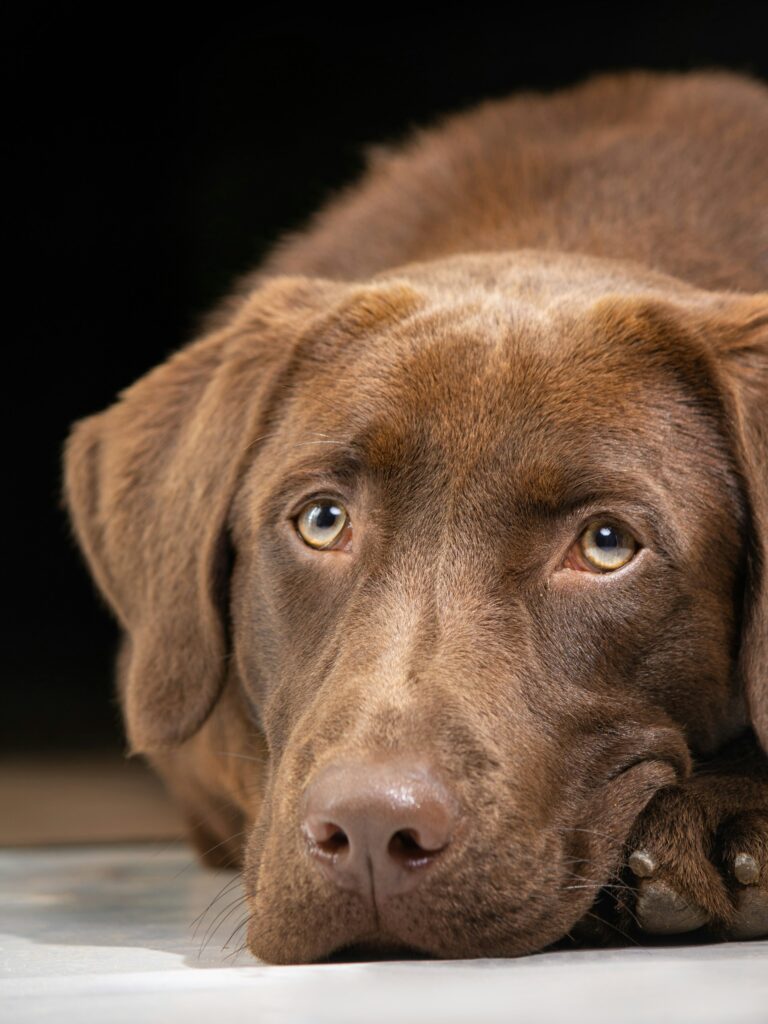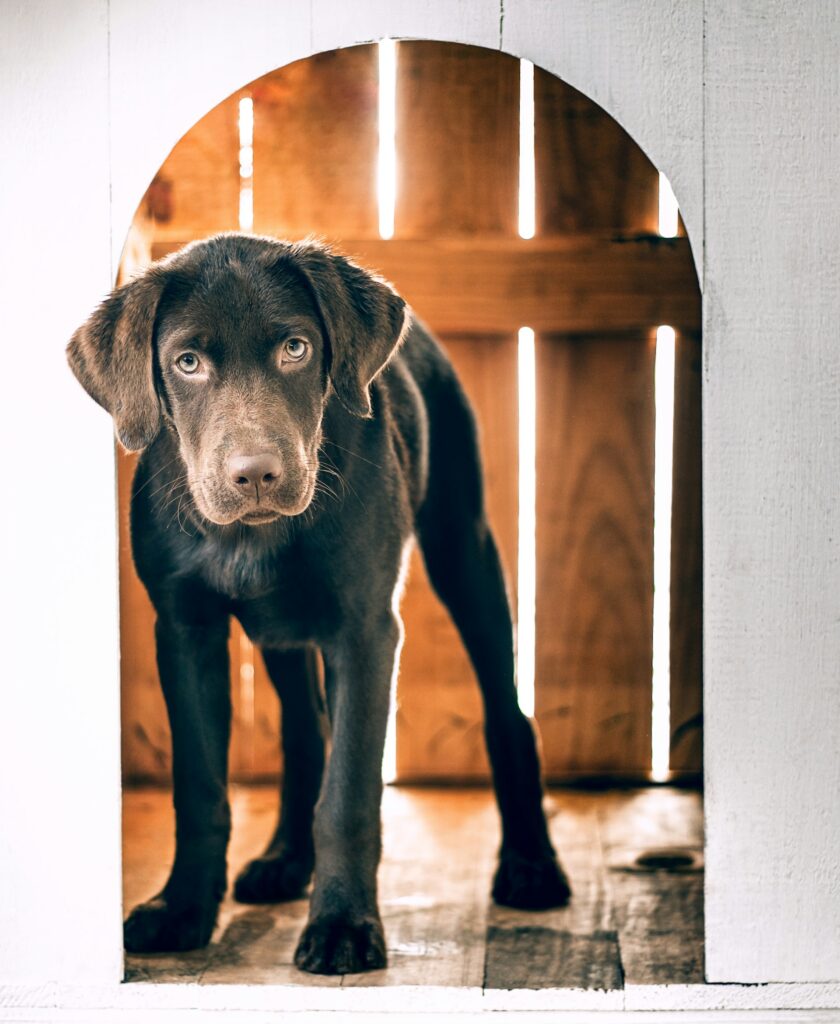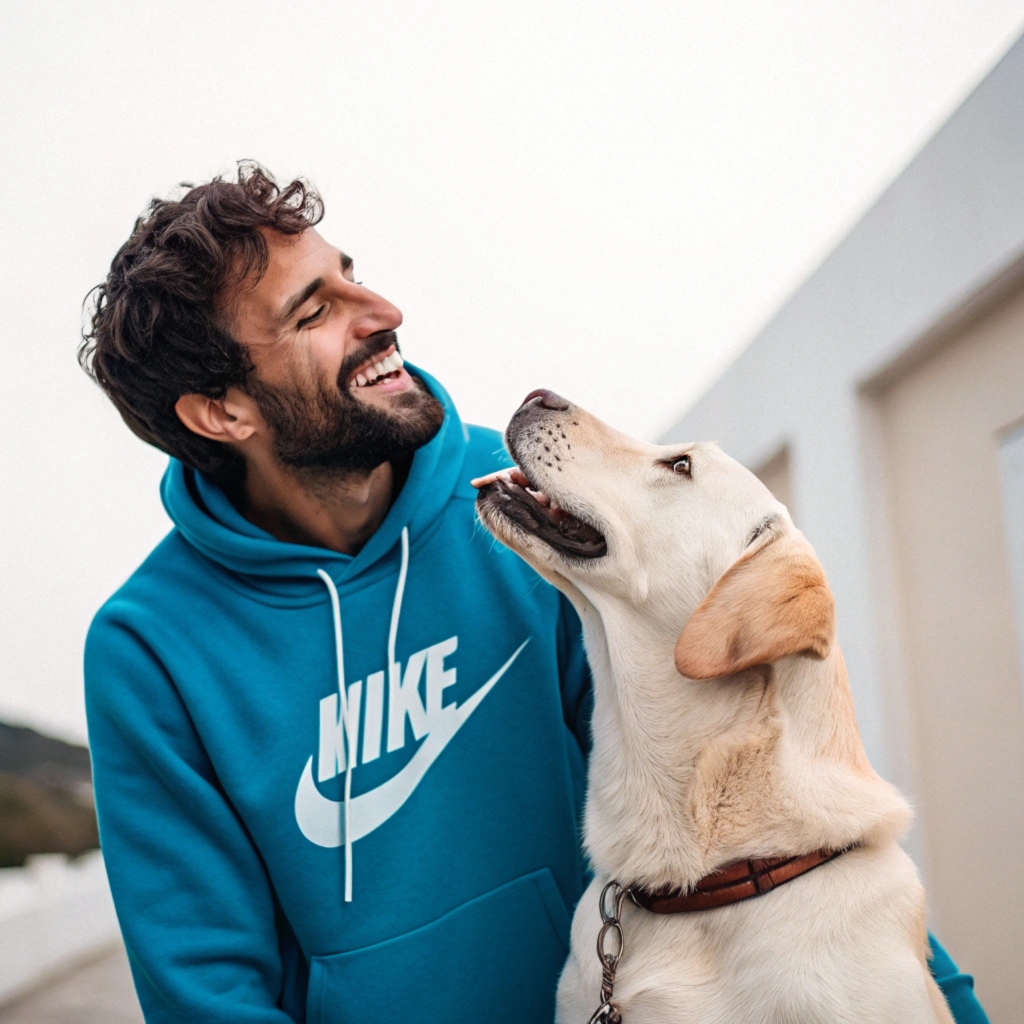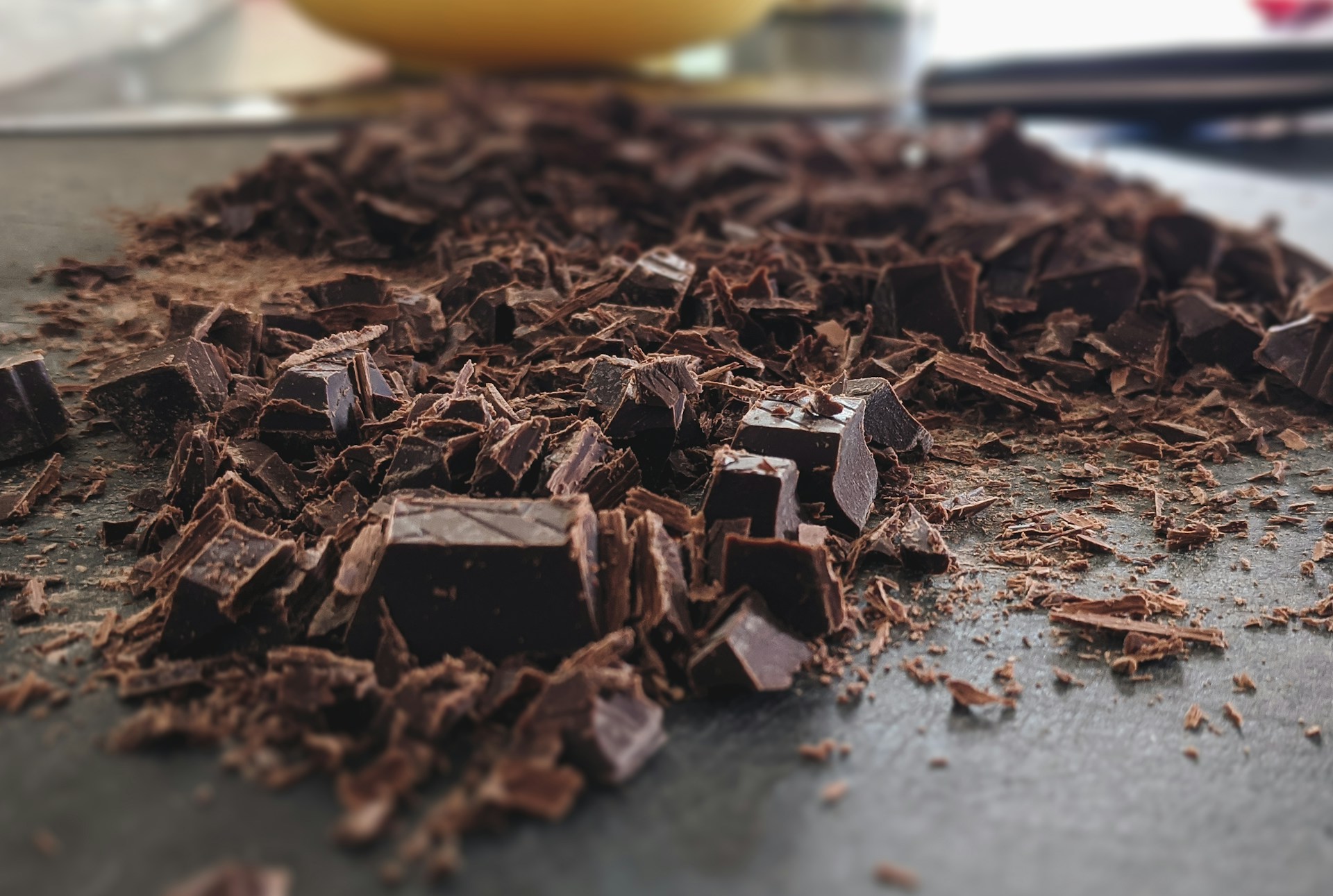Help! My Dog Ate Chocolate – Now What?!
Alright, take a deep breath. We’ve all been there—you turn your back for one second, and suddenly your dog has devoured half a chocolate bar like it’s their job.
Now, panic is setting in. Is chocolate really that dangerous? Do I rush to the vet? Am I a terrible pet parent?!
First off, don’t beat yourself up. Dogs are sneaky little snack thieves, and chocolate is one of their favorite forbidden foods. But yes—chocolate can be toxic to dogs, so quick action is key. Let’s break down exactly what you need to do when your pup gets their paws on some chocolate.
🍫 Why Is Chocolate Dangerous for Dogs?

Chocolate contains theobromine and caffeine—two stimulants that humans can handle just fine, but dogs? Not so much. Their bodies process these compounds much more slowly, which means the toxic effects build up fast.
Too much theobromine can cause:
⚠ Vomiting & diarrhea – First sign that something’s wrong.
⚠ Hyperactivity & restlessness – Like your dog just downed 5 cups of coffee.
⚠ Increased heart rate – Can lead to dangerous cardiac issues.
⚠ Tremors, seizures, or collapse – In severe cases, chocolate poisoning can be fatal.
🍲 50 Printable Dog Food Recipes Your Pup Will Love
Skip the fillers and preservatives. Make healthy, homemade meals your dog will actually eat — using everyday ingredients you already trust. Vet-friendly, budget-friendly, and super easy to follow. 🐾
Perfect for picky eaters, senior dogs, and pups with sensitive stomachs. Make mealtime simple and nutritious again.
Get the Recipes Now 🐶The darker the chocolate, the worse it is. Dark chocolate and baking chocolate have WAY more theobromine than milk chocolate, making them way more dangerous.
🚨 Step-by-Step: What to Do If Your Dog Eats Chocolate

Step 1: Stay Calm & Assess the Situation
First thing’s first—don’t panic. Your dog needs you to think clearly.
Ask yourself:
✔ What type of chocolate did they eat? (Milk? Dark? Baking chocolate?)
✔ How much did they eat? (One bite? A whole bar?)
✔ How big is your dog? (A small dog is at higher risk than a big one.)
These details will help determine whether you need to monitor your dog or rush them to the vet ASAP.
Step 2: Use a Chocolate Toxicity Calculator
Good news—you don’t have to guess how bad it is. There are online chocolate toxicity calculators (like at PetMD) where you can enter your dog’s weight and the type of chocolate they ate.
If you don’t have time for that, here’s a quick rule of thumb:
| Chocolate Type | Danger Level |
|---|---|
| 🍫 White Chocolate | Low risk (barely any theobromine) |
| 🍫 Milk Chocolate | Moderate risk |
| 🍫 Dark Chocolate | High risk! |
| 🍫 Baking Chocolate | Extremely toxic! |
| 🍫 Cocoa Powder | The worst – super dangerous! |
Example: A 10-lb dog eating 1 oz of dark chocolate = very dangerous. But a 50-lb dog eating a tiny bite of milk chocolate? Probably fine.
Step 3: Call Your Vet or a Pet Poison Helpline
If your dog ate a small amount, they might just get an upset stomach. But if they ate a significant amount for their size, CALL YOUR VET IMMEDIATELY.
You can also call the ASPCA Poison Control Hotline (888-426-4435) or the Pet Poison Helpline (855-764-7661).

These helplines can tell you whether your dog is in danger and what to do next.
Step 4: Induce Vomiting (Only If Advised by a Vet)
⚠ DO NOT make your dog vomit unless a vet tells you to!
If it’s been less than two hours since they ate the chocolate, your vet might tell you to give them hydrogen peroxide to make them throw up. But this can be risky if done wrong, so always ask a vet first.
Step 5: Monitor for Symptoms
If your vet says your dog should be okay, you’ll still need to keep a close eye on them for the next 24 hours. Watch for:
- Vomiting or diarrhea
- Restlessness or pacing
- Rapid heart rate
- Tremors or seizures
- Extreme thirst or excessive urination
If any of these symptoms show up, get to the vet ASAP.
🐶 How to Prevent Chocolate Poisoning in the Future
Now that you’ve survived the panic, let’s talk prevention—because let’s be real, dogs never learn.

✅ Keep Chocolate Completely Out of Reach
✔ Store chocolate in high cabinets, not low counters.
✔ Use pet-proof containers for snacks.
✔ Don’t leave chocolate lying around (looking at you, holiday candy bowls).
✅ Train Your Dog with the “Leave It” Command
A strong “leave it” can stop them from snatching food off the floor (or your hand).
✅ Warn Guests & Kids
People don’t always know chocolate is toxic to dogs. Let visitors know not to feed them anything without asking first.
✅ Find Dog-Safe Treats
If your dog has a sweet tooth, try dog-friendly treats like carob-based snacks (carob is a safe chocolate substitute).
🐾 The Bottom Line: Don’t Panic, But Act Fast

- Milk chocolate = less dangerous but still not great.
- Dark chocolate, baking chocolate, and cocoa powder = big no-no!
- Small dogs are at higher risk than big dogs.
- Call your vet if they ate a dangerous amount.
- Watch for symptoms for at least 24 hours.
If your dog only had a tiny nibble, they’ll probably be fine (and will have learned nothing). But if they went full-on chocolate thief mode, don’t take any chances—call the vet, stat.
Now go double-check your snack stash before your dog does. 🐶🍫🚫

I’ve spent 10+ years in dog training, digging into what makes dogs (and their humans) tick. At Smart Dog Learning, I share my no-nonsense, fun approach to training so you can enjoy life with a well-behaved, happy pup—no boring lectures, just practical results 😉





